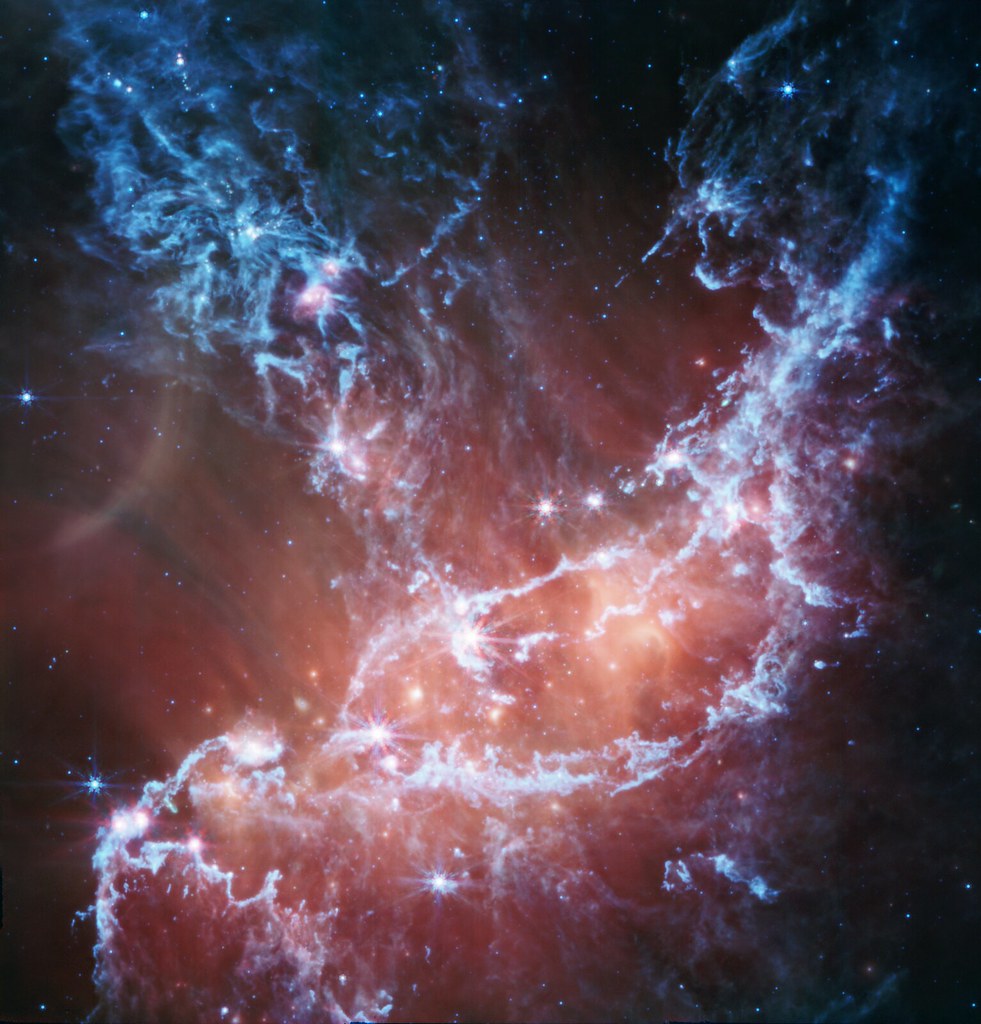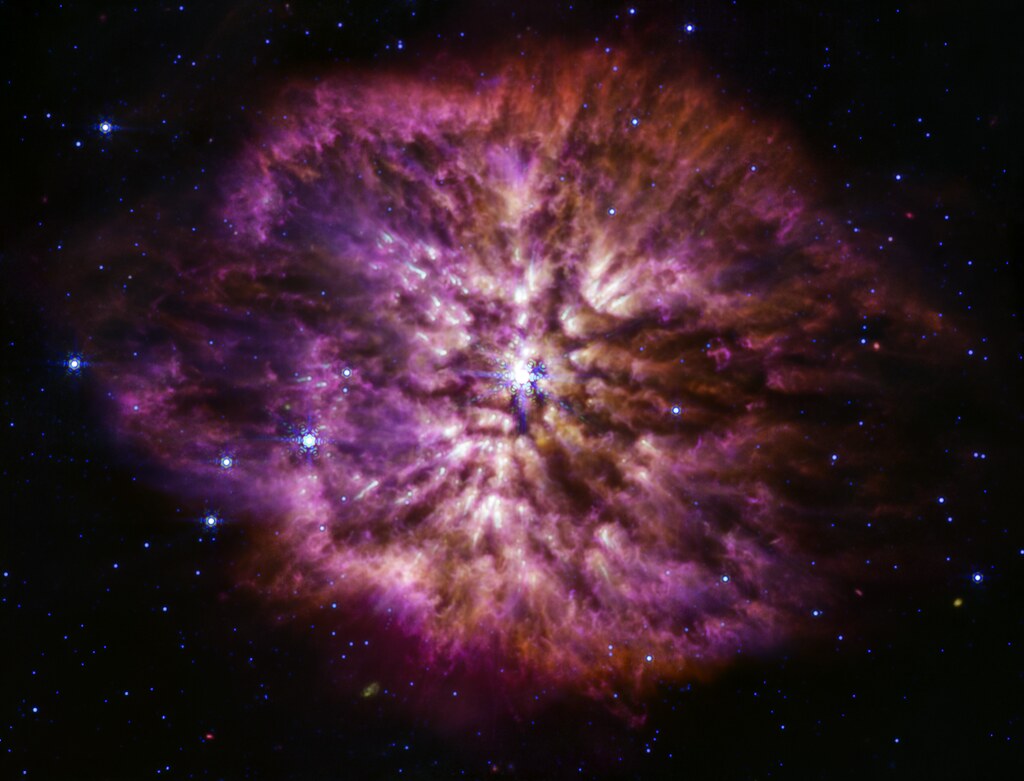- Chuck - 24 - Pictures, videos, and posts detailing the history of the space program, as well as current events in space exploration.
Don't wanna be here? Send us removal request.
Text
Artemis II - Returning to the Moon
You've probably heard about the Apollo program, where NASA first put humans on the Moon beginning in 1969. The landing of Apollo 11 showed us that we could live and work not just on our own planet, but more than a quarter of a million miles into space. The last mission of the Apollo program, Apollo 17, took place in 1972. Humans have not been back to the Moon since then.
You might not have heard about the Artemis program, NASA's initiative to return humans to the Moon. The first mission of this ambitious program, Artemis I, launched uncrewed in 2022. The Artemis II mission, slated for launch in early 2026, will bring humans back to the Moon for the first time since 1972. While they won't be landing on the Moon's surface, the mission will be a huge step forward towards the planned landing mission, Artemis III.
Yes, you heard that right. We're going back to the Moon!
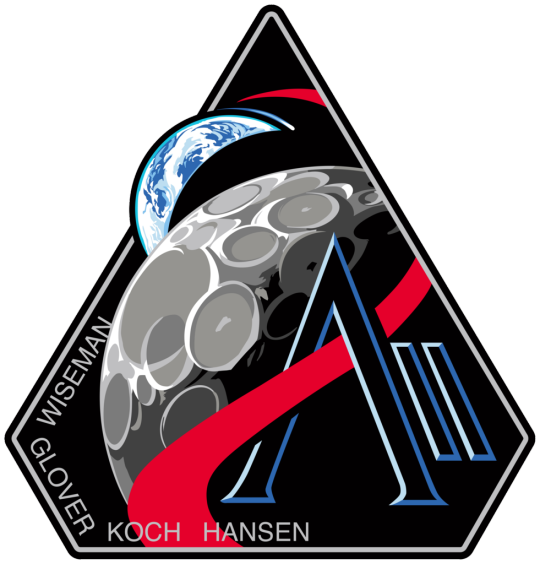
Unlike the three-manned Apollo missions, Artemis II will fly a crew of four in the Orion capsule. Following a free-return trajectory similar to the path taken on Apollo 13, the spacecraft will travel in a figure-8 pattern around the Moon, taking humans the furthest we have ever been from the surface of the Earth.
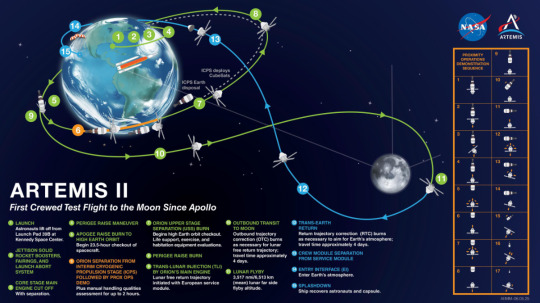
The Orion capsule is launched aboard the Space Launch System, or SLS, which is one of the largest rockets ever built. You might recognize some parts of it - the SLS uses heritage hardware from the Space Shuttle program, with engines and solid rocket boosters similar to those used on Shuttle. Stacked and standing tall in the VAB, the Artemis II SLS is preparing to accomplish its mission of sending humans back to the Moon.

Now, to take a look at the mission's talented crew.
The mission's Commander Reid Wiseman was a Flight Engineer on ISS Expedition 40/41, spending 165 days in space. Having also served as Chief of the Astronaut Office, Wiseman now stands at the helm of Artemis II.
Pilot Victor Glover has a background in piloting historic missions, having served as the Pilot of the Crew-1 mission, the first operational non-test mission of the SpaceX Crew Dragon. He spent 168 days aboard the ISS on Expedition 64/65. The first African American astronaut to fly a long-duration ISS mission, Glover will also be the first person of color to travel around the Moon.
One of two Mission Specialists on Artemis II, Christina Koch has the most time in space of any of the Artemis II crew, having spent 328 days in space across ISS Expedition 59/60/61. A member of the first all-female spacewalk in 2019 and holding the record for longest-duration single spaceflight by a woman, Koch will again break new ground as the first woman to travel around the Moon.
The second Artemis II Mission Specialist, Jeremy Hansen, is the only Artemis II astronaut without space flight experience. However, he has served as an aquanaut, living in an underwater base for seven days as part of the NEEMO-19 crew. As an astronaut of the Canadian Space Agency, Hansen will be the first Canadian to travel to the Moon.

I will continue to post updates about Artemis II as 2026 draws nearer. If you have questions, or just want to talk about the mission, my ask box is always open!
8 notes
·
View notes
Text

Earth's horizon, ASTP
4 notes
·
View notes
Text

Technical documentation of the aft flight deck aboard Space Shuttle Discovery, STS-31.
0 notes
Text


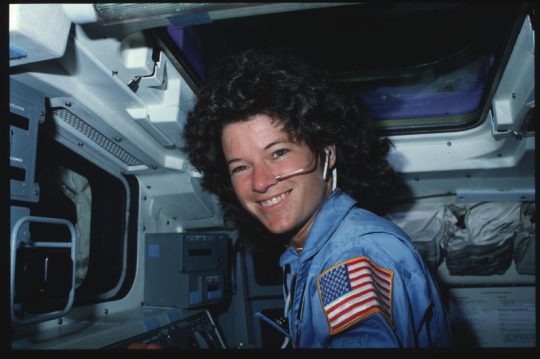




On this day in history, June 18, 1983, the launch of STS-7 brought the first American woman into space. Sally Ride, a skilled pilot and with a doctorate in physics would fly on STS-7 as a Mission Specialist and Flight Engineer. She would later go on to fly in the same role on STS-41-G, the first flight including two women. Ride was also the first known queer astronaut.
After her career as an astronaut, Ride would go on to serve as a professor, STEM educator, and as president of Space.com. She would also be a key member of the investigative boards following the Challenger and Columbia disasters.
113 notes
·
View notes
Text

"An Orbital Maneuvering System (OMS) engine firing caused this bright glow at the aft end of the Earth-orbiting space shuttle Challenger on June 18, 1983. Also visible in the 70mm exposure are parts of the Shuttle Pallet Satellite (SPAS-01). The experiment package for NASA's Office of Space and Terrestrial Applications (OSTA-2), the protective cradles for the Indonesian Palapa-B and Telesat Canada Anik C2 satellites, some getaway special (GAS) canisters and the Canadian-built Remote Manipulator System (RMS). The firing took place less than an hour after deployment of Anik."
Date: June 18, 1983
NASA ID: S83-35782
#oms firings are so cool#nasa#space program#space#space shuttle#space shuttle program#space shuttle challenger#sts 7
76 notes
·
View notes
Text
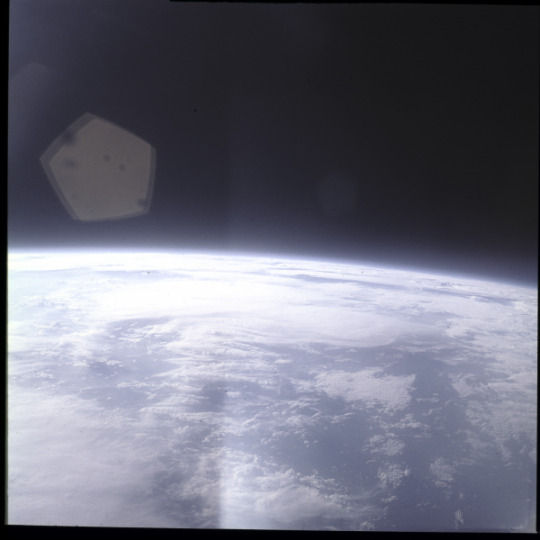
View of cloud coverage, horizon, MA-8/Sigma 7.
10 notes
·
View notes
Text
Globular cluster NGC 6569, Hubble
16 notes
·
View notes
Text
Star-forming region NGC 346, part of the Small Magellanic Cloud, JWST.
15 notes
·
View notes
Text

Overexposed views of California, ASTP
11 notes
·
View notes
Text
Here's something pretty cool, the European Space Agency made their own solar eclipse! Specifically, the two partner PROBA-3 spacecraft flew in conjunction with each other, one shadowing the sun to allow the other to photograph the sun. They plan to utilize the spacecraft duo to study coronal mass ejections, solar winds, and the behavior and life of our star.
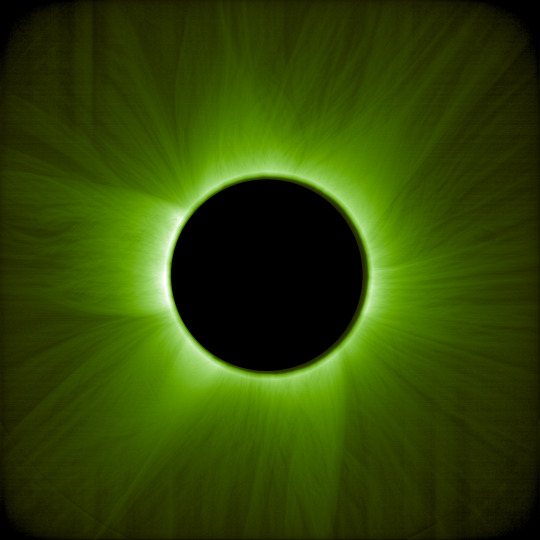
20 notes
·
View notes
Text
Wolf-Rayet star 124 in mid-infrared, JWST.
21 notes
·
View notes
Text
Composite infrared and x-ray of the Tarantula Nebula, JWST and the Chandra X-Ray Observatory.
#nasa#space program#space#astronomy#astrophotography#jwst#james webb space telescope#chandra x ray observatory
18 notes
·
View notes
Text
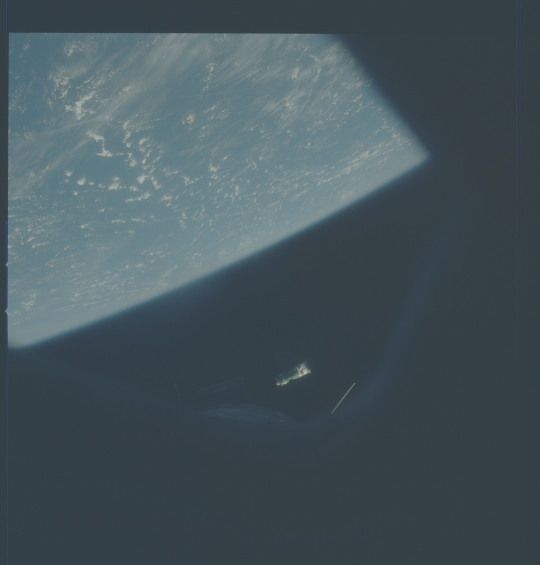
Soyuz 19 above the Earth, ASTP
16 notes
·
View notes
Text
Image composite of Cartwheel galaxy, from JWST and the Chandra X-Ray Observatory.
#nasa#space program#astronomy#astrophotography#space#jwst#james webb space telescope#chandra x ray observatory
36 notes
·
View notes
Text
Pillars of Creation composite, with images from JWST's Near-Infrared and Mid-Infrared instruments.
20 notes
·
View notes
Text
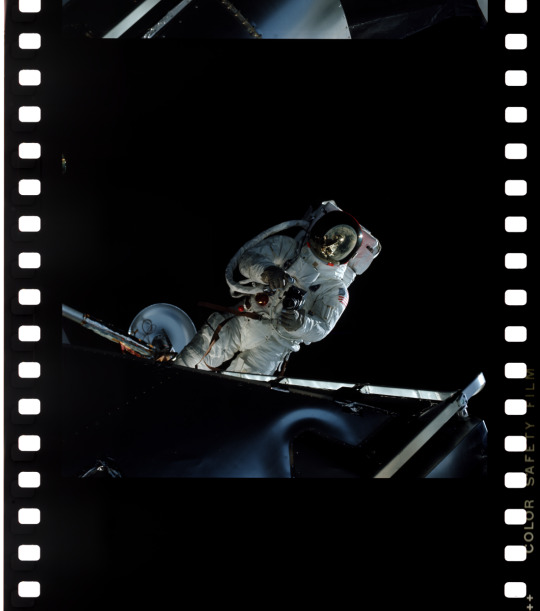
Lunar module pilot Rusty Schweickert operates camera on EVA, Apollo 9
9 notes
·
View notes
Text
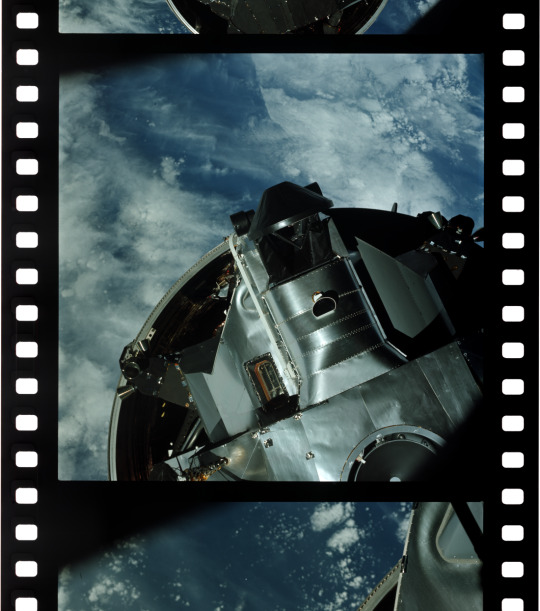
Approaching Lunar Module Spider, Apollo 9
17 notes
·
View notes

